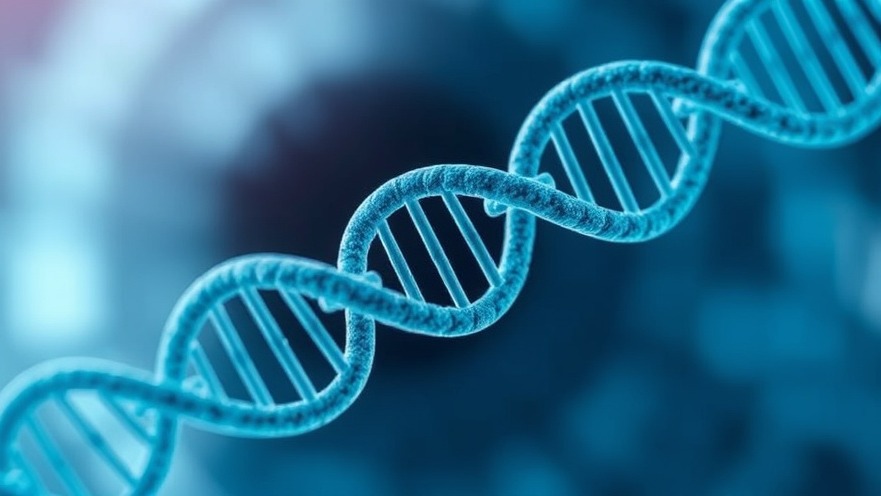
Understanding Aging in the Heart: The Role of Extracellular Matrix
The quest to rejuvenate aging hearts has taken a promising turn, with recent research from the National University of Singapore illuminating the potential to reverse age-related decline in heart function through innovative biomaterials. The study focuses on the extracellular matrix (ECM), a structure that supports heart cells and plays a crucial role in maintaining heart health. As we age, the ECM becomes stiffer, leading to detrimental effects on heart function, which can manifest as scarring and decreased flexibility.
DECIPHER: A Breakthrough Hybrid Biomaterial
At the heart of this research lies DECIPHER, a hybrid biomaterial that merges natural heart tissue with synthetic components to adequately simulate the ECM’s stiffness and biochemical signals. Assistant Professor Jennifer Young spearheaded this project, emphasizing its uniqueness in allowing researchers to control both physical stiffness and biochemical cues independently. This significant advancement provides insight into how these factors influence heart cell behavior during the aging process.
Rejuvenating Aged Heart Cells
In tests using aged heart cells deposited on DECIPHER scaffolds mimicking a youthful ECM, researchers observed that these cells began exhibiting characteristics akin to younger cells. Notably, this change occurred even in the presence of stiffness, indicating that ECM cues—rather than the stiffer environment—were pivotal in rejuvenating cell function. This finding could redefine current approaches to heart aging and rejuvenation therapy.
Broader Implications for Cardiovascular Therapy
The implications of this discovery extend far beyond laboratory settings. By understanding how to manipulate the ECM, health practitioners can explore new therapeutic strategies for their patients exhibiting age-related heart dysfunction. Rather than focusing solely on heart cells, this research encourages a more holistic approach, considering environmental factors that contribute to aging.
Connecting the Dots: The Future of Heart Health
For concierge health practitioners, advancements like DECIPHER offer not just knowledge, but actionable insights. They allow for integrating new therapeutic pathways directly into patient care, enhancing cardiovascular health in an aging population. Staying ahead of these developments is crucial for delivering optimal care tailored to the unique needs of older patients.
Exploring Technologies That Transform Patient Care
The innovative nature of this research opens avenues for discussions about incorporating advanced biomaterials into routine clinical practices. Understanding how these technologies function can empower practitioners to better leverage them in their practice, ultimately leading to better patient outcomes and enhanced quality of life.
Actionable Insights for Health Practitioners
As this research crystallizes, health practitioners should consider measuring patients’ heart health not just through traditional metrics but also considering the condition of the ECM. Strategies could include advocating for therapies focused on ECM rejuvenation, offering a multifaceted approach to heart health that addresses aging holistically.
Conclusion: Embracing Future Innovations in Heart Therapy
With remarkable findings emerging from groundbreaking studies, it’s imperative for health practitioners to stay informed about advancements in materials science and their applications in medicine. Engaging with such insights not only enhances understanding of aging processes but also equips practitioners with practical strategies to improve patient care.
Stay updated with the latest breakthroughs in biomaterials and their potential to transform patient care by subscribing to our newsletter for ongoing insights into evolving healthcare practices.
 Add Row
Add Row  Add
Add 






Write A Comment